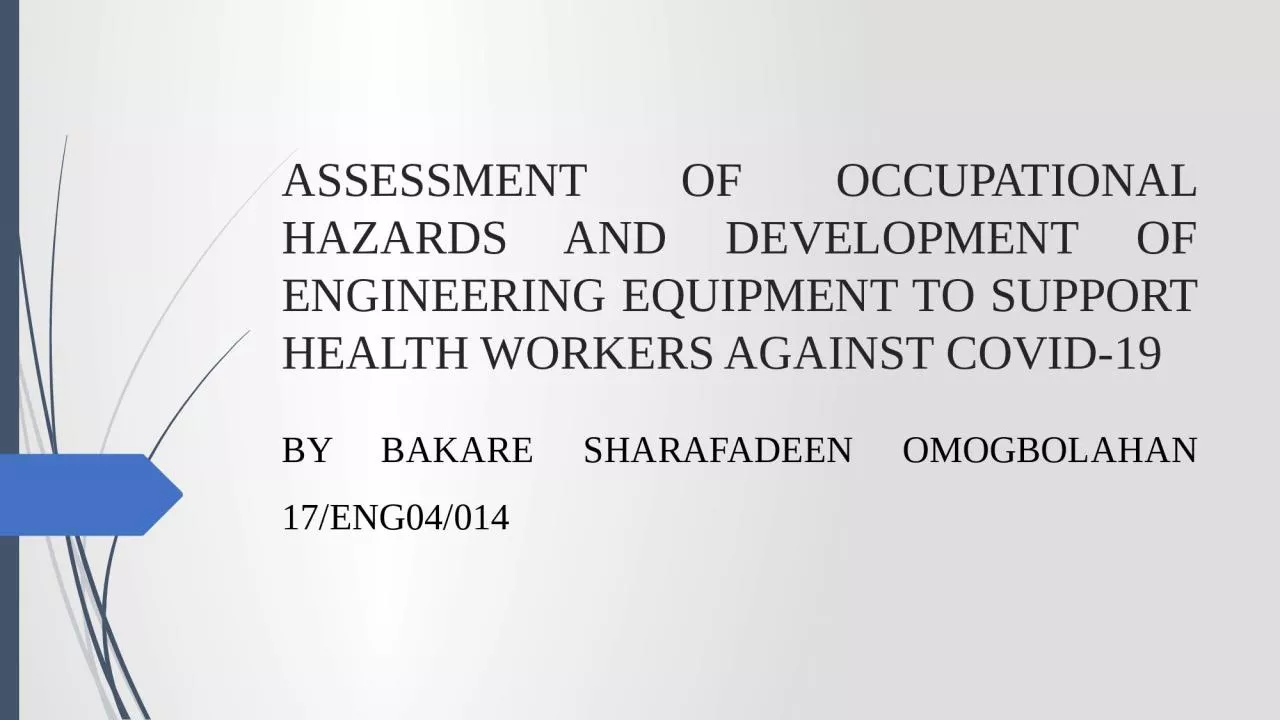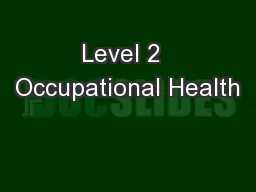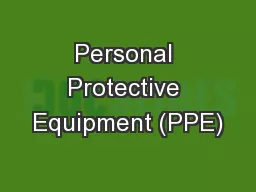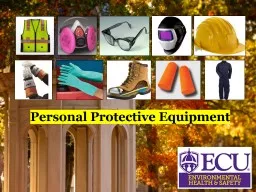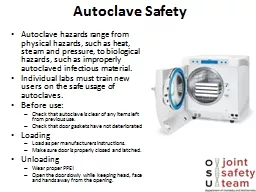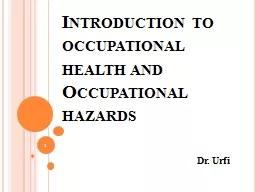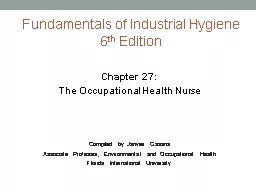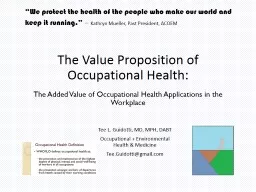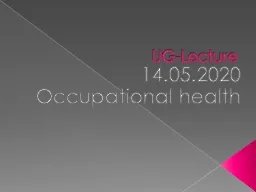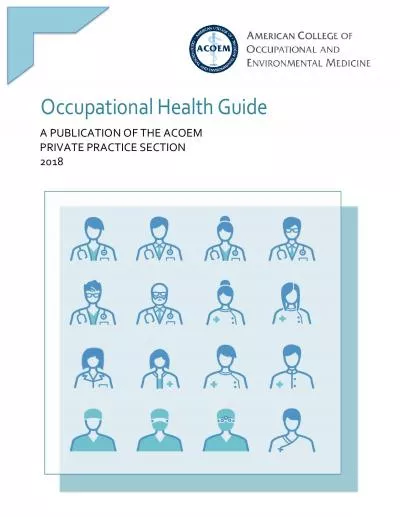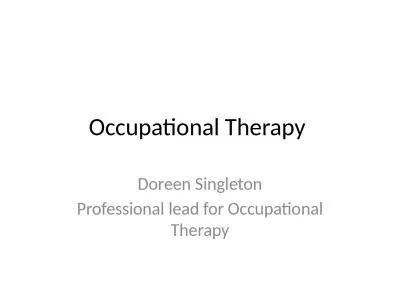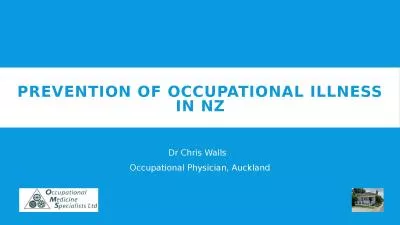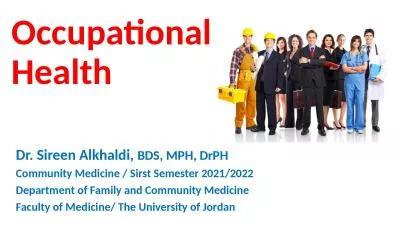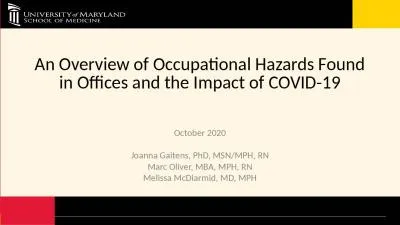PPT-ASSESSMENT OF OCCUPATIONAL HAZARDS AND DEVELOPMENT OF ENGINEERING EQUIPMENT TO SUPPORT
Author : claire | Published Date : 2024-02-09
BY BAKARE SHARAFADEEN OMOGBOLAHAN 17ENG04014 C oronaviruses are a family of viruses that cause illnesses ranging from the common cold to more severe diseases such
Presentation Embed Code
Download Presentation
Download Presentation The PPT/PDF document "ASSESSMENT OF OCCUPATIONAL HAZARDS AND ..." is the property of its rightful owner. Permission is granted to download and print the materials on this website for personal, non-commercial use only, and to display it on your personal computer provided you do not modify the materials and that you retain all copyright notices contained in the materials. By downloading content from our website, you accept the terms of this agreement.
ASSESSMENT OF OCCUPATIONAL HAZARDS AND DEVELOPMENT OF ENGINEERING EQUIPMENT TO SUPPORT: Transcript
Download Rules Of Document
"ASSESSMENT OF OCCUPATIONAL HAZARDS AND DEVELOPMENT OF ENGINEERING EQUIPMENT TO SUPPORT"The content belongs to its owner. You may download and print it for personal use, without modification, and keep all copyright notices. By downloading, you agree to these terms.
Related Documents

